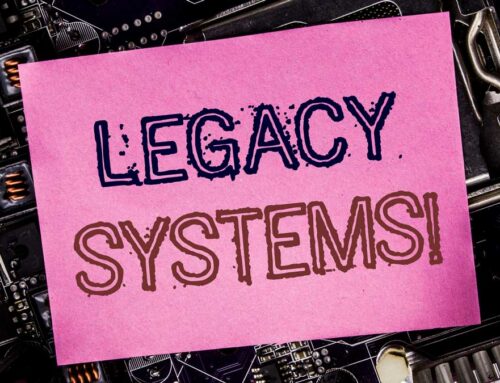Recently, we wrote about the benefits of switching to cloud-based database as a service technology (DBaaS). To complement that experience, you might consider virtualization.
Virtualization is possible regardless of whether or not your company’s database is in the cloud. It involves moving from one operating system per machine to a virtual system of several operating systems. Virtualization alone improves the efficiency of your database hardware and allows for easier scaling, recovery, and security.
Virtualization and implementing the DBaaS are closely related tasks. Opting for virtualization improves the efficiency, cost-effectiveness, and productivity that you gain by choosing a cloud database.
When you’re making decisions about the future of your company’s database architecture, you should definitely put serious thought into virtualization as well as DBaaS.
In fact, if you’re considering purchasing a DBaaS for your business, it’s important that you find out whether or not a provider can offer virtualization.
Without that virtualization from your DBaaS provider, you’re still tasked with maintaining the database. Your ability to quickly replicate and change databases as needed will likely suffer.
Implementing a DBaaS already takes care of the inefficient and expensive burden of operating the company’s database in your own physical space. It only makes sense to stay free of the task of maintaining it.
Turning the administration of the database over to a virtualization provider allows your company to fully harness the opportunities that having a cloud database provides.
No tags for this post.






Leave A Comment